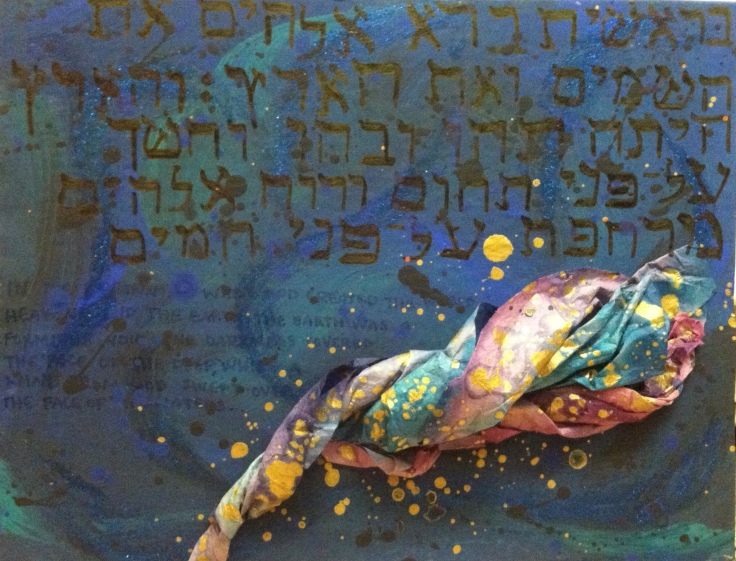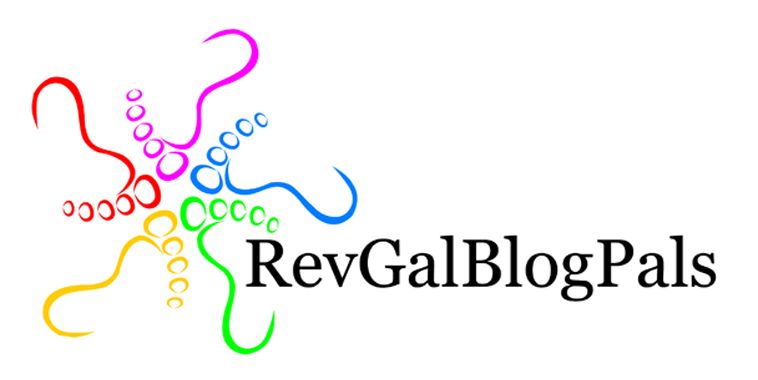I’ve never really been a fan of official New Year’s resolutions. But here we are kicking off another trip around the sun — and this year I’m determined to make more and to write more. I made myself a sticker chart for motivation, so there’s no going back now.
I’ve always thought crafty stuff was fun. If you’ve been in my corner of the interwebs for any length of time, this will probably not come as a surprise. But really I don’t think it was until I was in seminary that I gave serious consideration to art as a gift that I should spend intentional time cultivating. It wasn’t until then that I really began to explore art as a legitimate way to express hearty, academic ideas. And it was even later than that that I was really any sort of comfortable calling the stuff I made “art.” It took professors saying “you can write a paper about this, or use another medium as long as you explain it.” It took friends remarking that they’d found meaning in something I’d made (or sometimes just that it looked cool). Y’all, it takes a village, even when you’re not a kid anymore.
I’ll admit that at first I was surprised to find faculty across seminary disciplines making room for glue-stick-and-coffee-filter faith. That’s not to say that I felt like people undervalued the arts. Just that for me, with a little help, this hobby had slowly and all at once become a significant part of my spirituality and the ways I practiced it. (One time senior year, it was syllabus day and as the professor explained the final project he said something like, “or, if you’re like Allison, you can use another medium.” *shrug* I guess there are worse labels a person could have.)
It always took me way longer to do these seminary projects than it would’ve taken to write the paper. Sometimes the basic idea came quickly, but other times I mentally wandered around in circles for a while until I got there. It was always an interesting undertaking, to say the least. What was my thesis statement? What image was I going to use to say it? How would I communicate the intricacies of Scripture’s original languages without actually using words? What materials would I use? Would those mediums help support my point? Would this whole thing make me seem like I wasn’t working hard enough, because I was spending hours on arts and crafts instead of in the library? Anticipating the task of writing pages dissecting your art means you have to pay pretty close attention along the way.
Nowadays when I make something, I can explain as much or as little as I want and leave it at that. (My blog my rules!) But whether I realized it at the time or not, those seminary projects influenced the way I still make art today. It turns out that the art of paying attention is a life tendency that comes in handy.
This project is from my first year of seminary (which was more than five years ago?!). New year, old art. An old beginning for a new one. Here’s to being hopeful in 2018!
As I’ve been mulling over what this creatio ex profundis* might have looked like, it always seemed to be this churning mess of dark blues, greens, and purples, perhaps with the smallest sparks of brighter color or light, out of which and over which the ruach [wind/breath/spirit] would emerge, an equally messy and captivating presence, but full of more color and light. This ruach would snake its way in and out of the void, gently and mysteriously calling together creation.
Decatur, GA | 2012
A Genesis-inspired journal entry for The Earth Is the Lord’s: Ecology, Theology, and the Church’s Witness at Columbia Theological Seminary; Decatur, GA, December 2012.

{Cardboard, acrylic paint, permament marker, glitter glue, coffee filters, and water color paint.}
*Long idea short, theologian Catherine Keller’s creatio ex profundis suggests creation out of chaos, alternative to the more traditional creatio ex nihilo — creation out of nothing.



Leave a comment